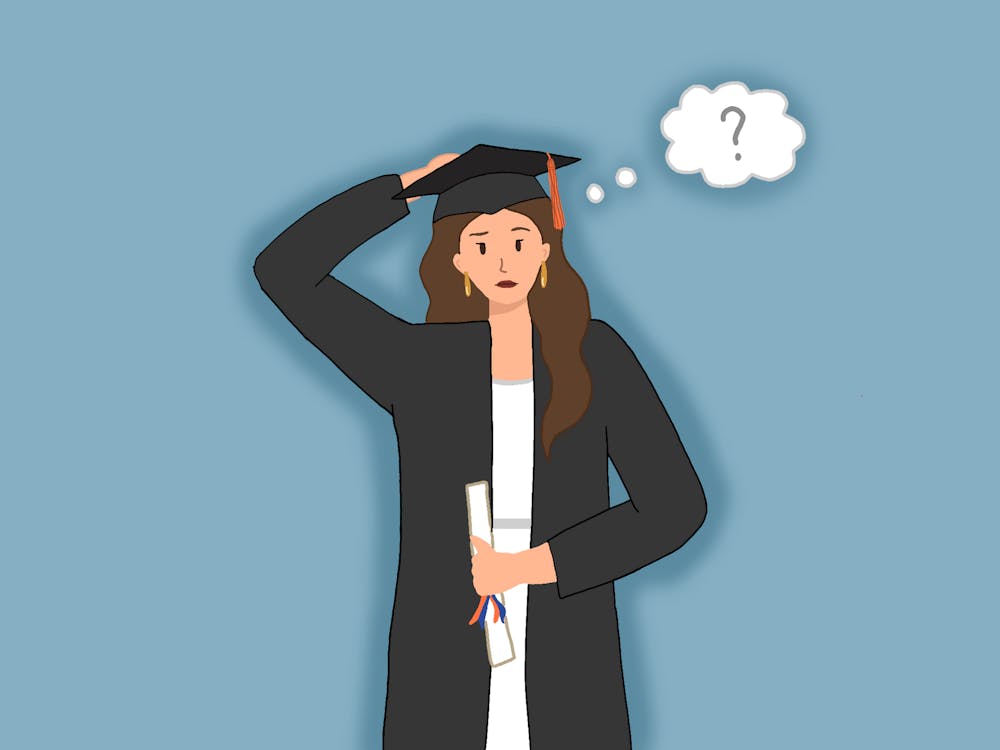The Board of Visitors' meetings Thursday and Friday were riddled with financial discussions. Administrators and Board members examined the endowment spending rate, talked about the status of alumni giving, looked into the new AccessUVa fundraising initiative and the increase in students qualifying for need-based financial aid, and grappled with state budget cuts. Although there have been positive signs in the general economic outlook, the recession continues to weigh heavily on the minds of those controlling the University's purse strings.
Criticism can always be levied at those making difficult monetary decisions. Inevitably, people will make mistakes from time to time and others will wish things were done a different way. It is good to scrutinize the actions of those in power, but it is also important to give credit where it is due. For the past two decades, the University has exercised prudence in managing its money, both in terms of expanding its resources and minimizing the impact of budget cuts. In this regard, other universities' financial teams cannot hold a candle to the University's.
This sound judgment is especially important given limited state funding. For the 2009-10 academic year, roughly 6.9 percent of the University's budget will originate from the commonwealth. The University of North Carolina, Chapel Hill, on the other hand, covers a quarter of its annual operating expenses with state appropriations. For the University of California, Berkeley, the magic number is 16.9 percent. The disparity is striking, yet the University remains competitive with the nation's other top public colleges.
These figures make it clear that the General Assembly is not a strong supporter of public education, at least relative to its peer legislatures. Although its fiscal discipline is a virtue, public education appears to be one of the wisest investments and least controversial uses of taxpayer dollars. Because only so much can be done about politicians, however, the University must fill the gap. There is little margin for error in handling its endowment, contributions, and spending. Working under such constraints, the University has significantly changed the structure of its financial system - and fared remarkably well throughout the process. According to University spokesperson Carol Wood, "One would be hard pressed to find a better, more creative financial team in all of higher ed." Necessity is the mother of invention, after all.
The above numbers underscore the need for University officials to secure alternative revenue streams and manage them strategically. One positive side effect of this is increased shelter from dwindling public resources. News stories in The Cavalier Daily about budget cuts and the like generally attract fewer student readers and garner less attention than other articles. This is a testament to the University's resourcefulness; if students do not notice or care much about the University's money issues, their learning experience probably has not been greatly affected. During a time when students at other colleges in the region are noticing the tangible effects of limited funding, most students at the University consider it a passing nuisance, if that. Student apathy aside, that is an indicator of sensible financial planning - in other words, the University can put its money where its mouth is.






